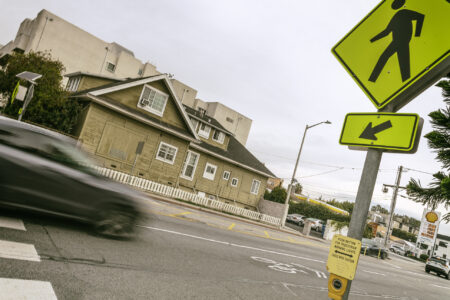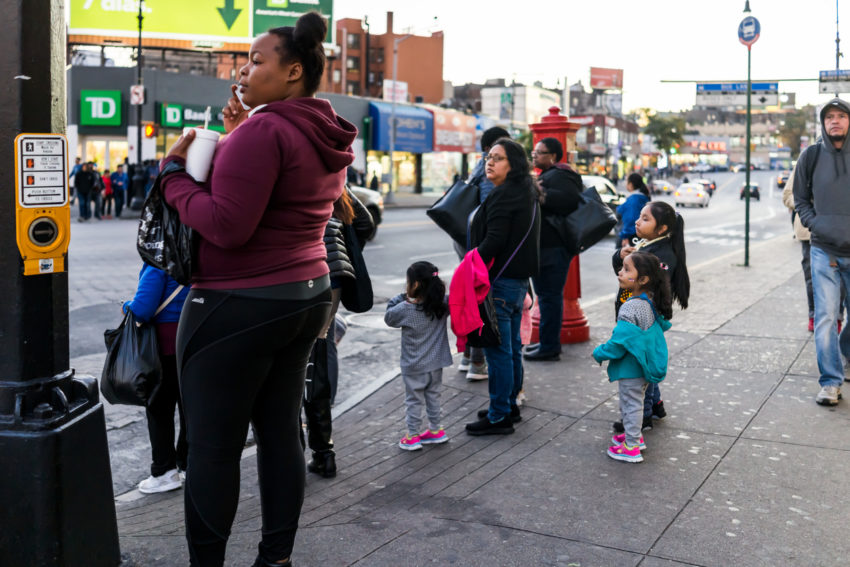
Share On Social!
Only 1 in 2 big U.S. localities—500,000 or more people—have a local board of health, compared to over eight in ten small localities—less than 50,000 people.
That means half our big cities miss out on public input on important health decisions. Half our big cities do not connect their local health departments to the community they serve or other public officials.
Here are some benefits of having a local board of health for your city-and for you.
What a Local Board of Health Does
A local board of health provides community oversight and guidance for local health departments. They help set public health priorities for communities.
According to the Centers for Disease Control and Prevention, the top ten responsibilities of local boards of health are:
- Review public health regulations
- Recommend public health policies
- Recommend community public health priorities
- Recommend health department priorities
- Propose public health regulations
- Collaborate with health departments for strategic plans
- Collaborate with health departments to establish priorities
- Ensure that a community health assessment is completed
- Revise public health regulations
- Establish community public health priorities
Local boards of health are most likely to be involved in policies related to tobacco, alcohol, and other drugs (76%); waste, water, or sanitation (75%); emergency preparedness responses (77%); and control of infectious disease (72%), according to the 2015 Local Board of Health National Profile.
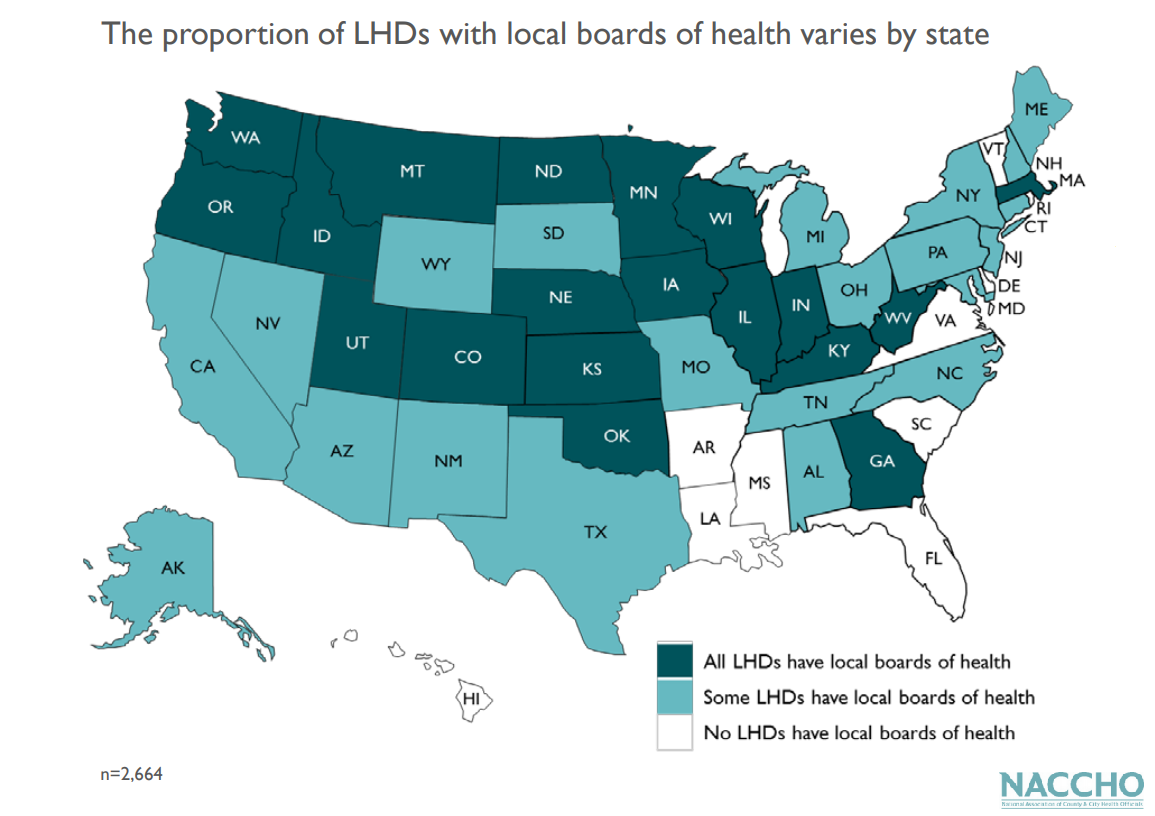 They play a lesser role in obesity or chronic disease policy-related activities. In fact, 38% of local boards of health were not involved in policies related to obesity or chronic disease.
They play a lesser role in obesity or chronic disease policy-related activities. In fact, 38% of local boards of health were not involved in policies related to obesity or chronic disease.
This is problematic given that more than 80% of the nearly $3.5 trillion spent on medical care each year in the U.S. is spent on treating chronic diseases, most of which are preventable and related to the conditions of poverty.
The conditions of poverty are rooted in past and present land-use and transportation decisions because these decisions determine who has access to healthy food, affordable childcare, education and employment opportunities, and safe places to walk and play; and who doesn’t.
However, local health departments are not very involved in land use and transportation planning activities, according to the 2016 National Profile of Local Health Departments.
For example, only 26% are involved in policies related to community level urban design and land use policies to encourage physical activity, and only 18% are involved in policies related to active transportation options.
Land use and transportation policies are outside public health department’s traditional expertise, but according to the first US study exploring the perceived value of local health department participation in land use and transportation/public works decision-making, all respondents reported that local health departments offer valuable contributions to transportation and land-use policy processes.
“If we had more people from that [health] side coming to testify, coming to participate on behalf of the kinds of things that we are doing — the transition that we’re trying to make from being an auto-dominated suburb to a place where walking is a priority, pedestrians are a priority — the health and social life of our residents — something that we care about. If it weren’t just us carrying a message of human health, but actual health practitioners here also singing that song that would allow us to power through,” replied one land-use planning professional.
Local boards of health can add an additional layer of value.
The People on a Local Board of Health
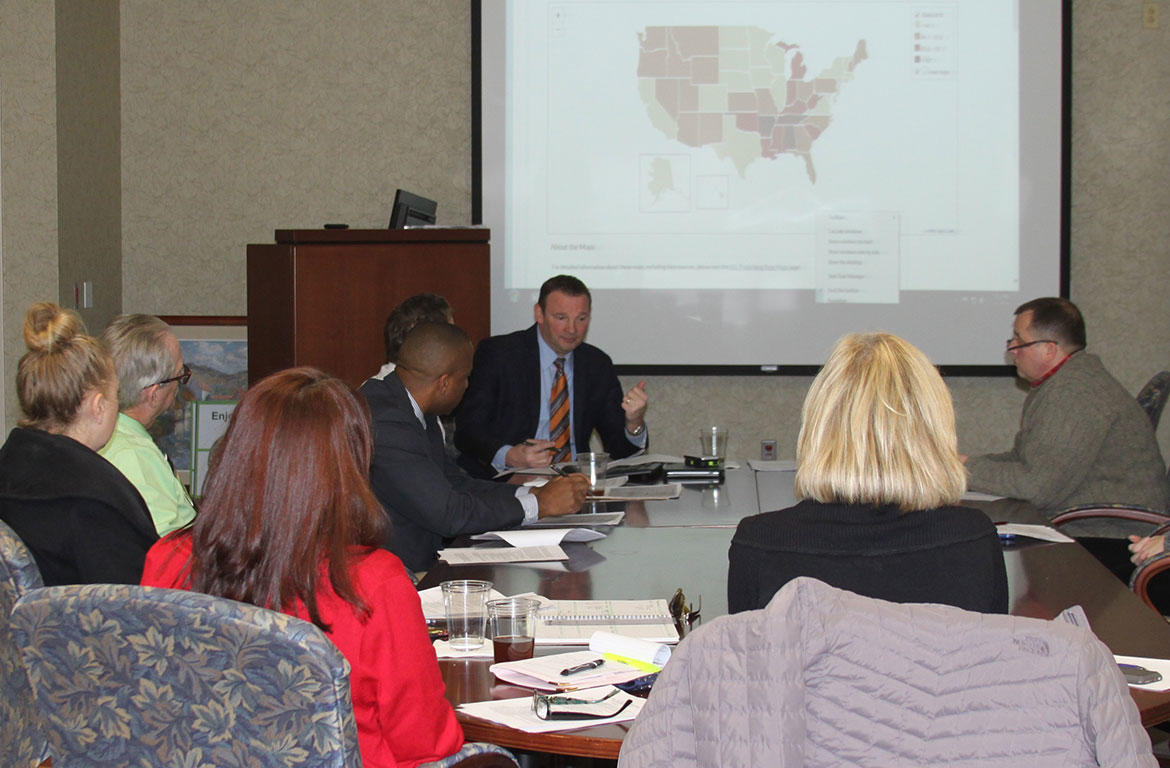
Most local boards of health require at least one elected official, like a county commissioner, mayor, or city council member, and at least one member with prior public health training. Some require health professionals, members of the community, engineers, and school administrators. Some even require specific community members to represent needy, underprivileged or elderly populations.
You don’t have to be a health or public health professional to be involved in a local board of health.
Who isn’t on a local board of health? Latinos.
In fact, Latinos and communities of color are severely underrepresented on local boards of health.
Nearly 9 in 10 local boards of health represented majority-white communities. Their members were, on average, mostly male (61%) and mostly white (92%), according to a National Association of Local Boards of Health Survey. These boards also lacked an online presence and were unavailable to the public.
These boards need Latino input on local health decisions.
Latinos tend to live in areas that lack access to healthy food, safe places to play, educational resources, and proper healthcare, setting them up for health problems now and in the future.
Without Latino input, local health officials may not be able to best determine what services will be provided, at what service level, and how accessible those services will be.
What Should You Do?
Find out if your city has a local board of health. Try this internet search, “[YOUR COUNTY, STATE] board of health.”
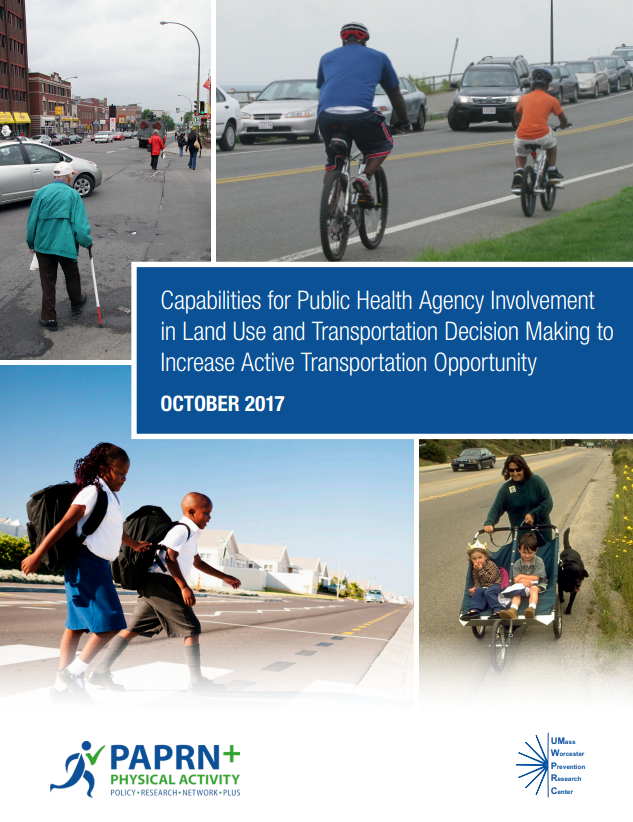 If it has one, look for their meeting schedule, attend a meeting, and find out how involved the local health department in policies related to obesity and chronic disease, like land use and transportation policies. You can share this research-based guide, from the Physical Activity Policy Research Network (PAPRN), to demonstrate how local health departments can be engaged in local processes to improve walking and biking opportunities. Capabilities for Public Health Agency Involvement in Land Use and Transportation Decision Making to Increase Active Transportation Opportunity.
If it has one, look for their meeting schedule, attend a meeting, and find out how involved the local health department in policies related to obesity and chronic disease, like land use and transportation policies. You can share this research-based guide, from the Physical Activity Policy Research Network (PAPRN), to demonstrate how local health departments can be engaged in local processes to improve walking and biking opportunities. Capabilities for Public Health Agency Involvement in Land Use and Transportation Decision Making to Increase Active Transportation Opportunity.
“Public health officials are uniquely positioned to engage colleagues, elected officials and the public about the health benefits of walkable and bikeable communities, specific built environment characteristics that encourage these behaviors, and policy changes needed to achieve those environments,” the guide states.
If it doesn’t have one, share this with your local health department and your local elected officials to start the conversation. You can also share this study about land-use, transportation/public works, and public health professionals perception of local health department’s role in transportation and land-use decision making. Qualitative Exploration of Cross-Sector Perspectives on the Contributions of Local Health Departments in Land-Use and Transportation Policy.
“[Public health] could really help with that public education piece in terms of pointing out why certain land use or certain transportation actions or focuses are so important from a public health standpoint,” replied one land-use planning professional. “That’s something that planners and to an even greater degree engineers aren’t particularly good at, but public health officials could more effectively make that argument.”
Whatever you do, get involved!
You can also try this internet search, “[YOUR CITY, STATE] boards and commissions,” to find a list of other boards and commissions in your city or county that you may be interested in.
Participating in boards and commissions, like a local board of health, is a key way to influence the health and wellbeing of your neighborhood and community.
Stay tuned for other boards you can join to make a difference in the health of Latinos and all people!
By The Numbers
27
percent
of Latinos rely on public transit (compared to 14% of whites).



